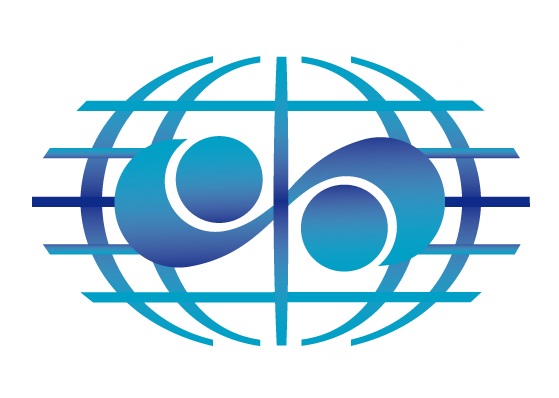Integrated Water Information Systems for IWRM and planning
at basin and national levels
Key points
- IWRM requires pooling multiple data produced by various organisations to develop and share knowledge
- The available datasets are firstly quality controlled (metadata) and then used to prepare maps and indicators, necessary in particular for basin characterizations, defining programmes of measure and monitoring action
- Stakeholders should have access to data and information in ways which suit their needs through national and basin integrated water information systems.
Integrated Water Resources Management (IWRM) requires pooling multiple data to develop and share knowledge, learn to work together, and establish a degree of cross-functionality between stakeholders. A good knowledge of water resources is a preliminary, but not so easy, first step. Combined with simple socio-economic information (population, land use, agricultural activities, etc.), it can be used to identify the impact of human activities and pressures on water resources.
The absence of exhaustive data or lack of data should not be used as a pretext for delaying action. While rarely available at the watershed scale, data should be collected by the smallest possible administrative unit to facilitate subsequent manipulation at sub-basin scale, and over a longer period to estimate trends.
To characterize a river basin, the main data to be collected if possible are as follows:
- Background: topography (slopes, relief); geology; land use
- Resources: river basin boundaries; hydrographic context (streams, canals, bodies of water, estuaries, coastal waters, wetlands); extension and type of aquifers
- Monitoring points and results (rainfall, river flow, reservoir level, quality, groundwater level)
- Administrative limits
- Pressures: distribution of the population; distribution, type, needs and discharges of industrial, mining and artisanal activities; management of wastewater; distribution of hydropower plants; distribution and typology of agricultural activities (irrigation, crops, livestock, fertilization, plants protection)
- Hazards and risks: sensitive uses (withdrawals for drinking water, aquaculture, bathing); flood areas; protected areas; distribution and typology of water-related diseases.
The data are initially presented on thematic maps to provide a strategic, original and meaningful vision at river basin scale. These maps give an initial idea of the hydrographic territory. Maps are also useful to record stakeholders’ visions and perceptions. These subjective elements should be compared with objective elements from specific diagnoses and surveys.
This comparison also leads to the production of orders of magnitude adapted to each local context.
Main principles of IWRM
To ensure that IWRM is efficient and beneficial to all users, it is recommended to build it around 6 main principles (see below).
1) Water resource management should be organized and discussed at the geographical level to determine whether problems occur at local, national or transboundary river basin, river, lake or aquifer level;
2) It should be based on integrated information systems defining the resources and their uses, pressure from pollutants, the ecosystems and how they work, risk identification and monitoring of trends. These information systems should constitute an objective basis for discussion, negotiation, decision-making and action assessment, as well as for coordinating financing from the various funding sources;
3) It should be built around management plans, or master plans, setting the medium and long-term objectives and shaping a common vision of the future;
4) It should provide for successive, multiyear, prioritized action and investment programmes, according to the financial resources available;
5) It should mobilize specific funds, in particular based on application of the “polluter pays” principle and “user pays” system;
6) It should allow for participation in the decision-making processes by the local authoritiesconcerned, representatives of the various user categories and environmental protectionassociations or those working in the public interest, alongside the competent governmentdepartments. Through a process of discussion and consensus, it is this participation that willguarantee the social and economic acceptability of the decisions reached, by taking account of thereal needs, level of acceptance, and social and economic stakeholders’ ability to contribute.Decentralization is key to water policy effectiveness.
This magnitude knowledge can be used to verify, enhance, compare and criticize (e.g. specific flows, fertilizer inputs per hectare, population density, theoretical pollution flow per unit area, specific concentration, etc.).
Complex exploitation of data (e.g. modelling) may initially frighten decision-makers and stakeholders daunted by the prospect of information understood only by experts. For this reason, it is necessary to build ownership and to involve stakeholders into the modelling process.
Sharing data from all sectors is a necessary step in IWRM. It is a way of identifying the actors concerned to different degrees by the water resource, and can be used to initiate dialogue, exchange and coordination.
Many actors consider that it is more economical to share data for free than to sell them.
Depending on the objectives of the River Basin Management Plan, evaluation data should be robust because they can involve substantial investments. For example, the selection of the lowest bidder for biological indicators may prove to be very expensive.
Evaluation data help to guide actions, communicate results, test out the strategy, and monitor compliance with rules and standards.
Hereafter are presented:
- Some “Case studies related to Water Information Systems used for IWRM” presented by the partners


